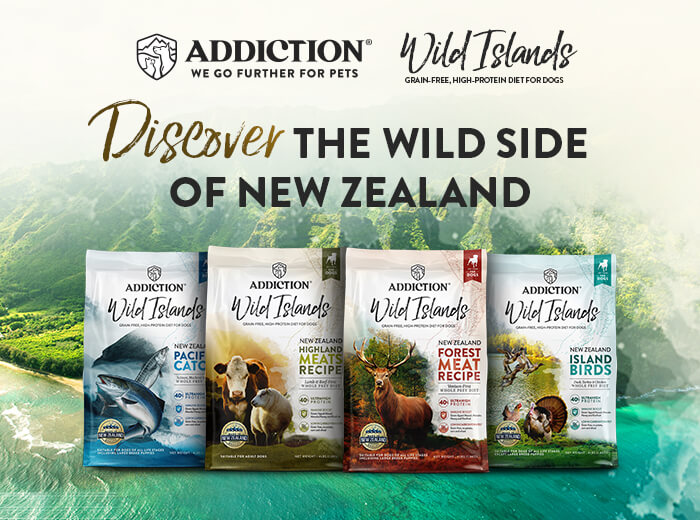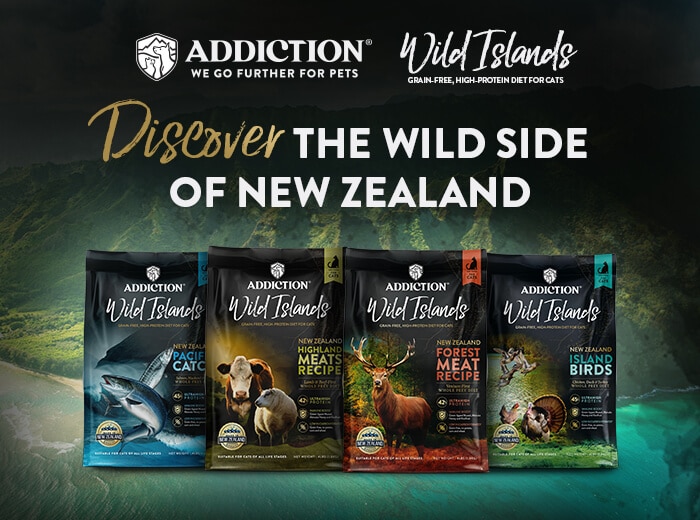What makes a Dane great? Let’s all find out the origin of this dog breed and learn the story behind the stately and intelligent canine that’s beloved by many all over.
Breed History
First of all, the breed did not originate in Denmark as we would have been led to believe. This dog breed was developed in Germany to hunt game, preferably boars, deer, and bears. This breed was a cross between English Mastiffs and Irish Wolfhounds. During the mid-16th century, many nobilities in Europe imported strong, long-legged dogs from England. These dog hybrids were called “Englische Dogge”. The name change happened in the late 19th century when the breed became “Deutsche Dogge”. German breeders tried to market this breed as “German Dogge” and “German Mastiff” on the English market but because of the increasing tensions between Germany and other countries at the time, the breed was referred to as a “Great Dane”, after the grand danois illustration published in Buffon’s Natural History, In General and Particular, in 1755[1].
Is a Great Dane right for you?
Great Danes are large domestic dogs known for its giant size. Here’s how the American Kennel Club describes the breed:
“As tall as 32 inches at the shoulder, Danes tower over most other dogs—and when standing on their hind legs, they are taller than most people. [They] are the picture of elegance and balance, with the smooth and easy stride of born noblemen. The coat comes in different colors and patterns, perhaps the best-known being the black-and-white patchwork pattern known as ‘harlequin’.”[2]
Great Danes have a sweet nature and are very alert guardians for your home. They’re also patient with kids and are known to be people pleasers who make friends easily. Of course, proper training is always great to have to ensure that proper behavior is manifested.
 Common health issues
Common health issues
Great Danes do not have a longer lifespan. “While a smaller dog is middle-aged at 10, that’s very old age in the Dane.”[3] The breed’s common health issues are gastric torsion or bloat, a number of heart diseases, cancer, hip dysplasia, Wobbler’s Syndrome, and hyperthyroidism. Ask your veterinarian about these diseases so that you can properly watch out for tell-tale signs if your Great Dane has any of it.
Diet and Nutrition
Having a Great Dane as a pet should also have a great diet plan. Feed him high-quality dog food that’s age appropriate, from puppy formula to adult dog food formula. Avoid giving him foods that contain bones are food with high fat content. Be mindful of what you feed your Great Dane as the number one killer of this breed is gastric torsion or bloat.
Go further for your Great Dane and give him high-quality pet food that uses premium quality, novel proteins, like Addiction Pet Foods.
Made in one of the cleanest places on Earth to manufacture pet food, New Zealand, Addiction offers all-natural, hypoallergenic pet food with a variety of animal protein sources to accommodate your dog’s nutritional needs.
All of Addiction’s products, Dry Dog Food, Raw Dehydrated Food, and Meaty Bites treats, are formulated without grains, GMOs, , fillers, corn, wheat, soy, artificial colors, artificial flavorings, and preservatives. You’re assured that your giving your GSD only the best.
Buy Addiction Pet Foods in a store near you.
Is a German Shepherd right for you? Find out in our breed highlight here
Like us on Facebook and follow us on Instagram for more pet health and nutrition updates.
——————————————————————————————-












